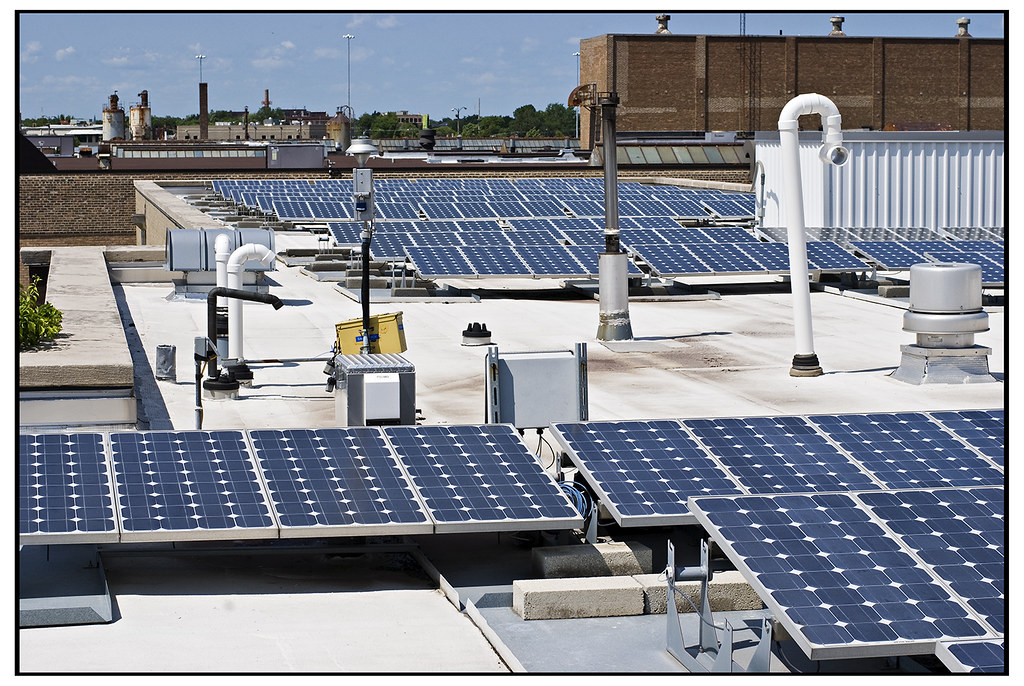
Let’s save. What else can make one happy rather than saving on the most costly monthly payment – electricity bill. With renewable energy, saving money is accessible to everyone. The trending type of renewables – solar energy surges in incentivizing people to switch from fossil fuels to clean & green energy consumption. The financial incentives and rebates that solar power provides are the #1 incentive for people to consider renewable energy. One of the best ways to go solar and go save is net metering. Immediate reduction of electricity bills, extended energy consumption, electricity sales, simple administration, reduction of investment risk, no government support, and many more come with net metering. No wonder that people in the US go for solar energy and stick to net metering.
Table of Contents
What Is Net Metering?
Net metering is one of the best solar incentives giving the consumer an opportunity to conserve energy in the electric grid. Of course, the incentive doesn’t stop there because it would sound like a solar panel battery if it did. Instead, it has a bonus over the battery. It is no surprise that solar panels can generate energy that would be untouched and accumulate for later consumption upon demand. Considering this, net metering helps the consumer compensate for the extra power generated by photovoltaic (PV) modules and credits for it. Accordingly, solar consumers start saving money while consuming electricity upon demand. Not to mention, if purchasing a solar panel kit that integrates required pieces of equipment for fully efficient solar energy consumption, the savviness of the solar journey automatically doubles.
How Does Net Metering Work?
Surely everything described above seems lucrative; however, it is interesting to know the exact mechanism behind net metering. As it is known, electricity rates fluctuate throughout the day. What’s bad about this fluctuation is the conflicting schedule of homeowners that dominate the mornings and evenings alongside electricity peak hours, mostly active in the afternoons. To solve the conflict between these two, net metering is at your disposal. During hours of excessive energy production, the power is stored in the grid, and the meter starts running in reverse. On the contrary, during hours of inactive energy production, the power comes from the grid, and the meter starts running as it should. The constant movement of running back and forth from one hour to the next takes care of smart and savvy energy consumption. At the end of each month, based on the amount of electricity produced excessively, solar consumers get credits – let’s say sales occur.
Why Is California Against Net Metering?
Everything is connected with the proposals of three major investor-owned utilities, including PG&E, SDG&E, and SCE, to the California Public Utilities Commission (CPUC). These three major companies requested the CPUC to reconsider crediting consumers for excessive energy generation. The reason behind such a request is their concern that customers who consume fossil fuels pay more electricity bills than those who consume solar power. On behalf of equality among everyone, these three giants want the CPUC to change the way net metering works. They propose to charge solar consumers on a monthly basis for grid usage. The proposal statement is described by the highlight of the idea that everyone living in California should equally contribute to the maintenance, operation, and improvement costs of the grid. Also, everyone should have their equal stake in the progression of public purpose programs designed for a variety of purposes, including energy efficiency. On top of this, the giants propose to add monthly customer charges. The main reason behind such a proposal is to cover customer support and service charges that may incorporate costs for call center, metering, technical support, etc.
Fortunately, the solar industry is against any change regarding net metering. Observations and lengthy discussions in the framework of the campaign called Save California Solar bring up the idea that utilities solely want to bring back their overwhelmingly costly profits. Also, they don’t want to continue contributing on their own to efficient and savvy energy consumption by schools, farmers, homeowners, etc., as well as crediting energy sharing between neighbors. Considering the real reason behind the proposals of these huge utility companies, CALSSA decided to consider expanding net metering and start working towards maximizing solar usage in the region.
Final Note
Net metering is one of the best incentives that come along with going solar. Who doesn’t like saving money? Everyone loves it! With net metering, saving money comes with electricity consumption, which maximizes the satisfaction of being a solar consumer. Let the case of California’s utility companies be an example and an additional reason for everyone to go solar and feel the perk of net metering. If net metering and solar power were bad things, a huge and prosperous state like California wouldn’t fight for its expansion. Altogether, something so savvy, renewable, and limitless can never be worth abandoning.
All we need is to go solar, go save.



